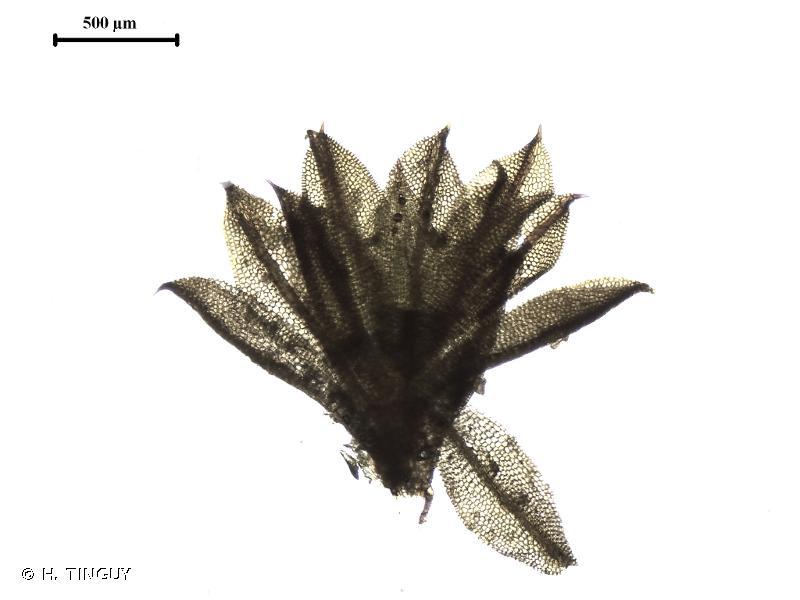
250105.jpg from: https://inpn.mnhn.fr/espece/cd_nom/435838
Trematodon cheesemanii: A Fascinating Moss of New Zealand
Introduction
The world of mosses is full of fascinating and unique species. One such moss is Trematodon cheesemanii Müll.Hal., a small but mighty plant found in the rugged landscapes of New Zealand. Despite its diminutive size, this moss plays important ecological roles and has some remarkable adaptations. Let’s take a closer look at this intriguing species.
Background
Trematodon cheesemanii is a species of moss in the Bruchiaceae family. The Bruchiaceae are a family of small mosses found worldwide. The genus Trematodon contains around 40 species. T. cheesemanii was first described by German botanist Carl Müller in 1864 and is named after New Zealand botanist Thomas Frederic Cheeseman.
Morphology and Identification
T. cheesemanii forms small, dense cushions or turfs on soil or rock. The leaves are lance-shaped, 2-4 mm long, and have a strong midrib that extends into a stiff, hair-like point called an awn. The leaf margins are entire (smooth).
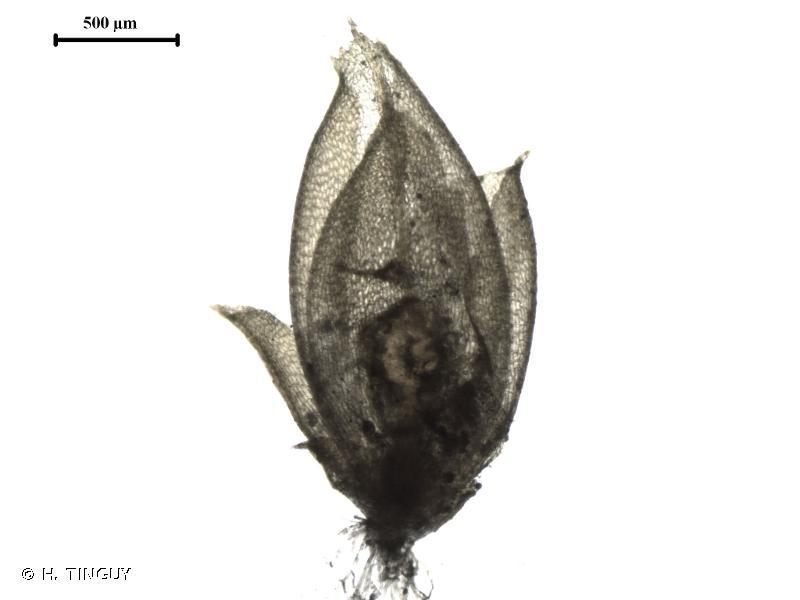
314630.jpg from: https://inpn.mnhn.fr/espece/cd_nom/4859
The most distinctive feature of T. cheesemanii is its capsule (spore-bearing structure). The capsule has a very long neck (3-6 times as long as the spore-bearing part) and is borne on a seta (stalk) 1-3 cm tall. The capsule is inclined to horizontal and has 16
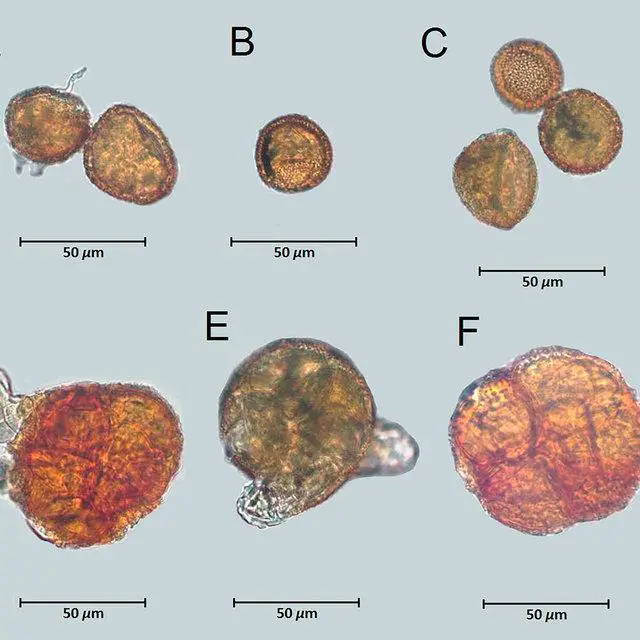
Macrocoma-abyssinica-MuellHal-Vitt-var-abyssinica-A-C-Unicellular-spores_Q640.jpg from: https://www.researchgate.net/figure/Macrocoma-abyssinica-MuellHal-Vitt-var-abyssinica-A-C-Unicellular-spores_fig3_317595504
longitudinal ridges. The peristome (ring of teeth around the capsule mouth) is single with 16 teeth that are split nearly to the base.
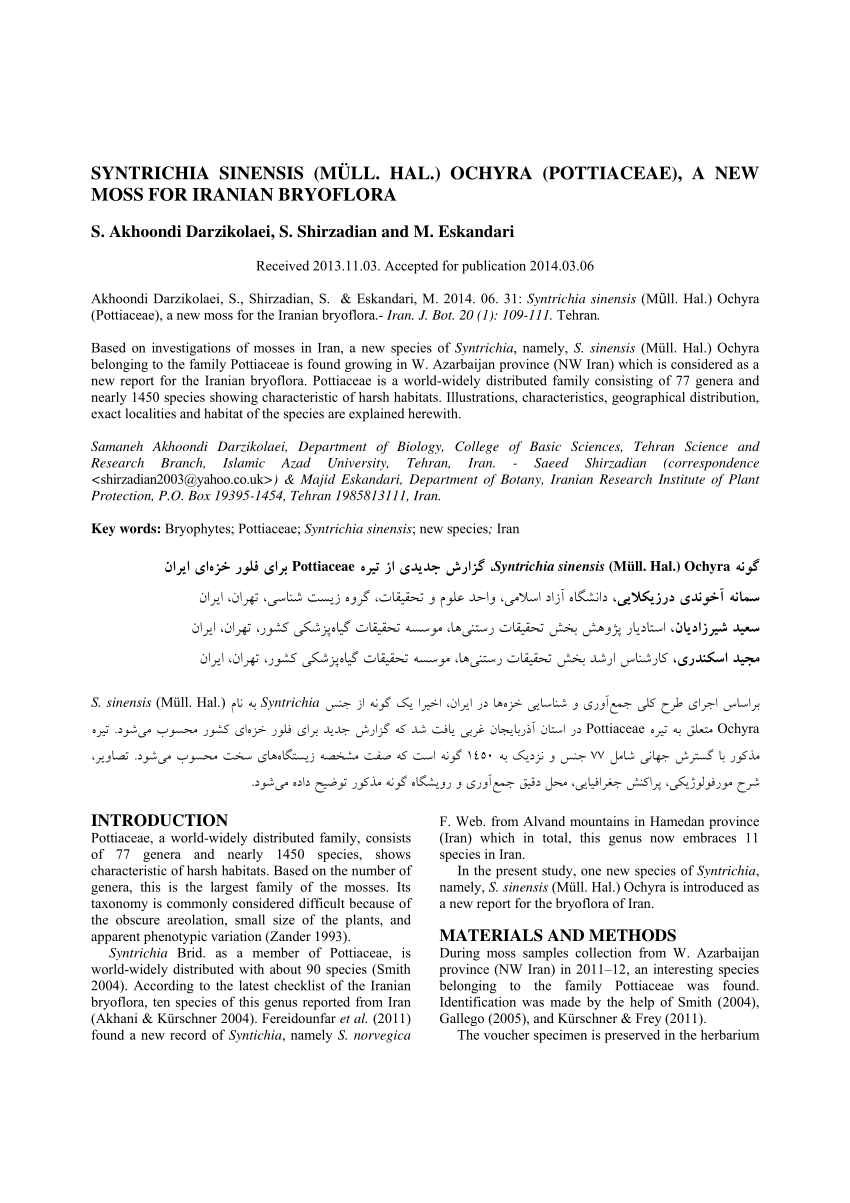
largepreview.png from: https://www.researchgate.net/publication/287558895_Syntrichia_sinensis_Mull_Hal_Ochyra_Pottiaceae_a_new_moss_for_Iranian_bryoflora
Global Distribution and Habitat
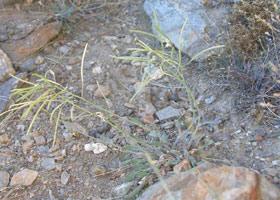
pachycladon-cheesemanii-old.jpg from: https://www.nzpcn.org.nz/flora/species/pachycladon-cheesemanii/
T. cheesemanii is endemic to New Zealand, meaning it is found nowhere else in the world. Within New Zealand, it occurs on both the North and South Islands, as well as on Stewart Island.
This moss inhabits a variety of habitats, including coastal cliffs, sand dunes, grasslands, shrublands, and open areas in forests. It typically grows on exposed, disturbed soil or thin soil over rock, often in dry, sunny sites.
Ecological Roles and Adaptations
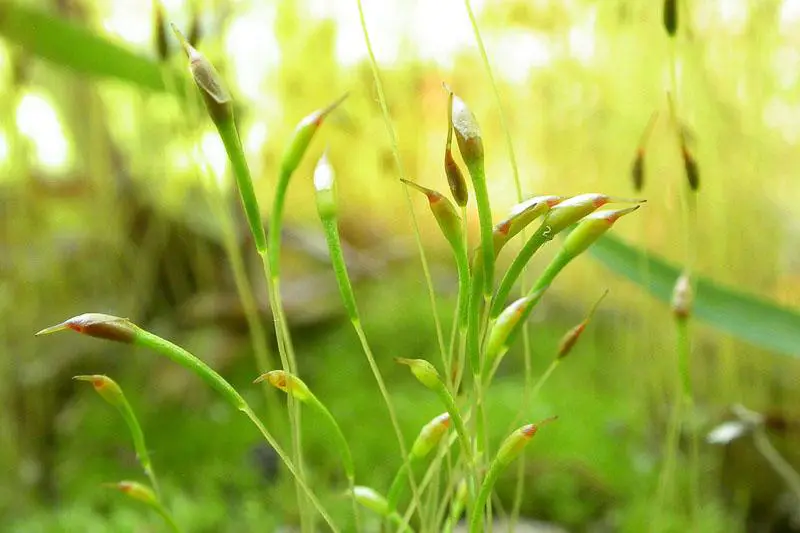
Trematodon-longicollis-4.jpg from: https://ohiomosslichen.org/moss-trematodon-longicollis/
Like other mosses, T. cheesemanii plays important roles in its ecosystems:
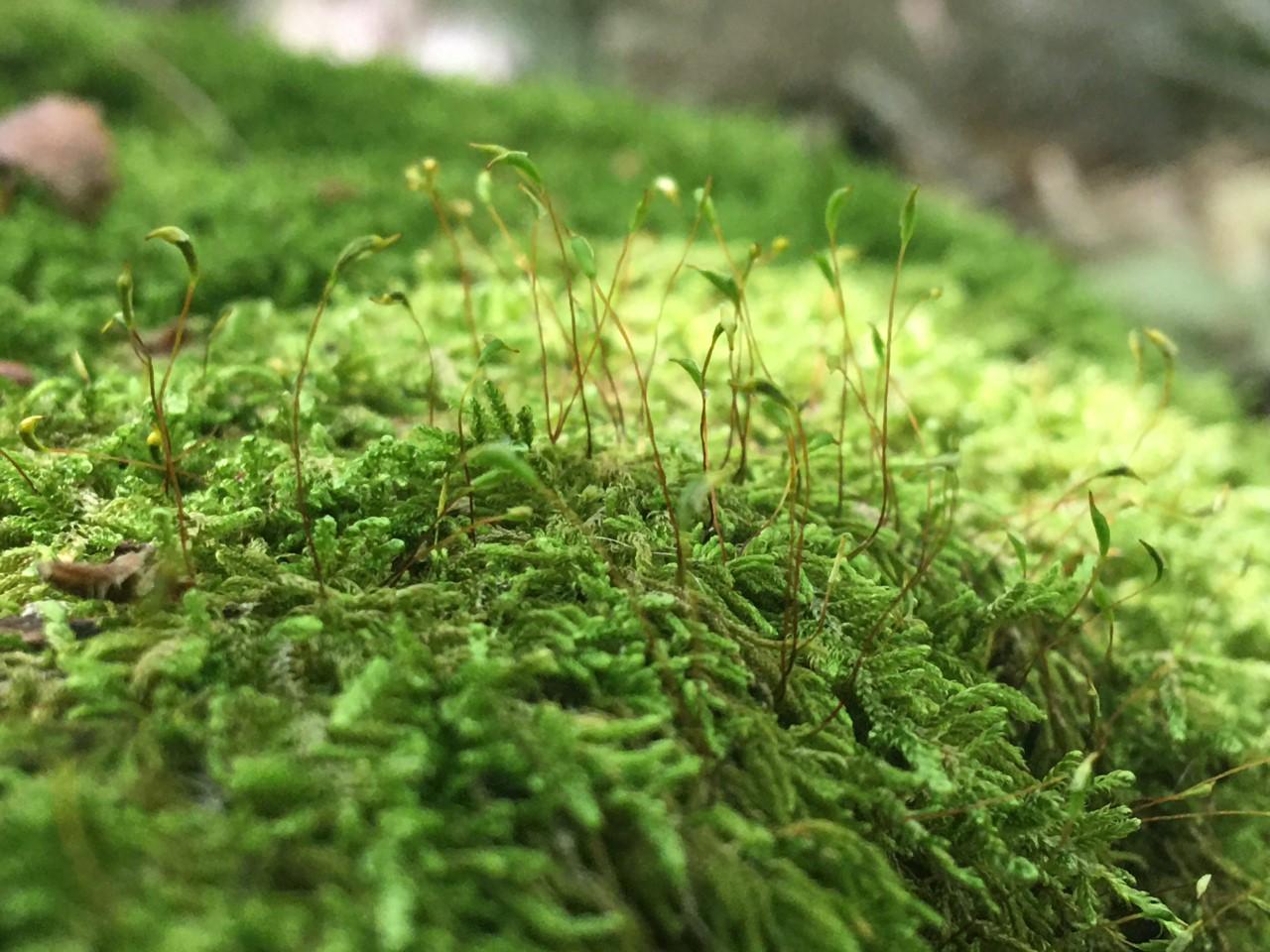
Moss-Sporophytes.jpg from: https://www.nps.gov/acad/learn/nature/moss.htm
- Stabilizing soil and preventing erosion
- Retaining moisture
- Providing habitat for micro-organisms and invertebrates
- Cycling nutrients
- Acting as a pioneer species in disturbed areas
T. cheesemanii
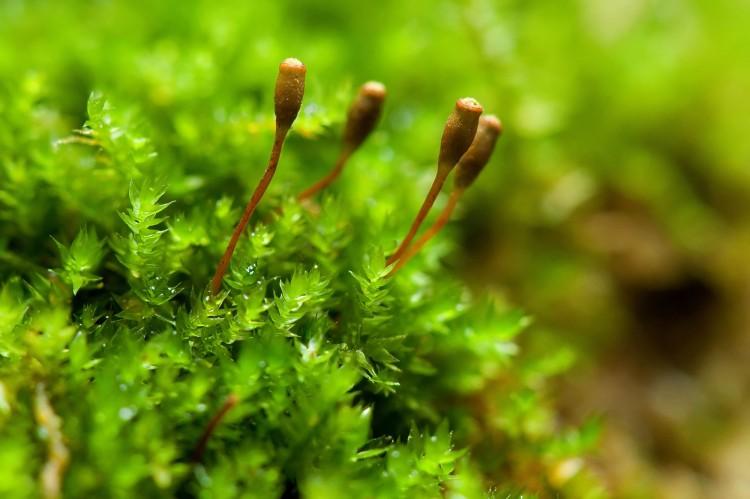
Anacamptodon-splachnoides-4-750×499-1os7p0b.jpg from: http://u.osu.edu/biomuseum/2015/11/09/what-does-it-mean-to-be-a-moss/
has several adaptations that allow it to thrive in the harsh, exposed habitats it favors:
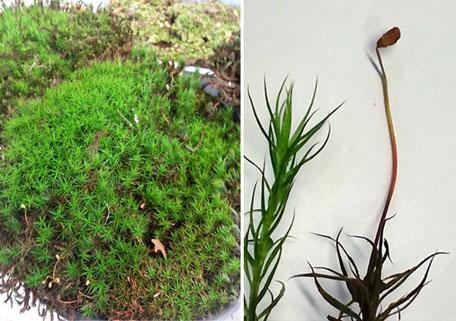
Atrichum-gametophyte-sporophyte.jpg from: https://mtccoatingsolutions.com/nb/mosser-oversikt/
- The hair-point on the leaves helps reflect excess light and retain moisture
- The thick-walled cells in the leaves prevent water loss
- The ridged capsule promotes spore dispersal by creating turbulence
- The long neck allows the capsule to twist and orient the mouth downward for more efficient spore dispersal
Conclusion
Trematodon cheesemanii may be small, but it is a remarkable and well-adapted moss that plays outsized roles in the ecosystems of New Zealand. Its distinctive capsule morphology and restriction to highly specific habitats make it a fascinating species to study.
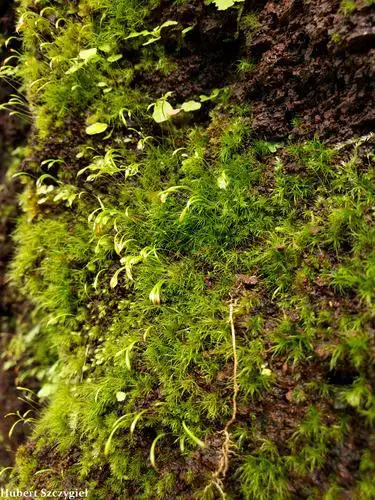
medium.jpg from: https://www.inaturalist.org/taxa/448664-Trematodon-latinervis
The next time you’re exploring the rugged coastal cliffs or shrublands of New Zealand, take a moment to appreciate the miniature world of T. cheesemanii beneath your feet. What other secrets might this mighty moss hold?